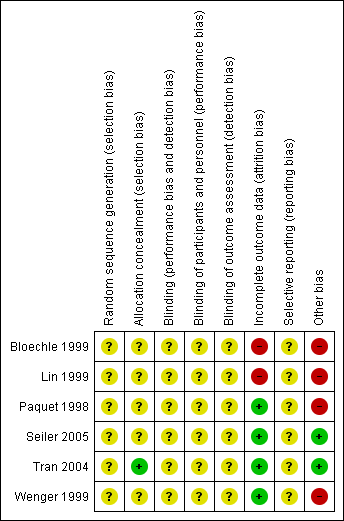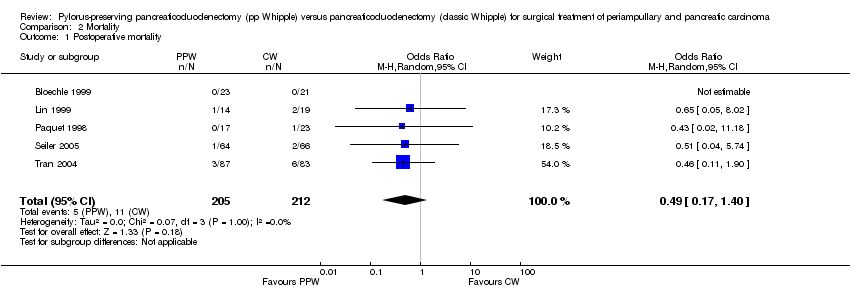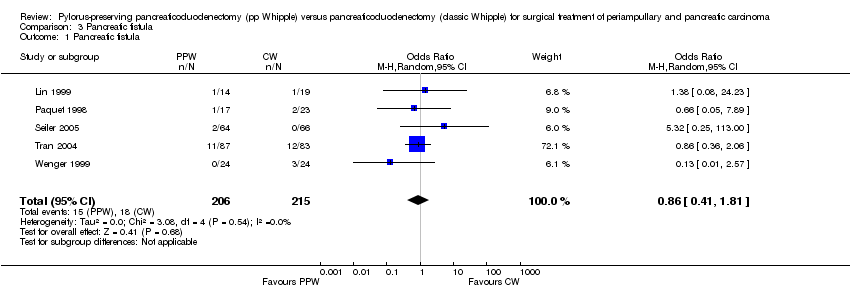Contenido relacionado
Revisiones y protocolos relacionados
Felix J Hüttner, Christina Fitzmaurice, Guido Schwarzer, Christoph M Seiler, Gerd Antes, Markus W Büchler, Markus K Diener | 16 febrero 2016
Ralph F Staerklea, Raphael Nicolas Vuille-dit-Billea, Christopher Soll, Rebekka Troller, Jaswinder Samra, Milo A Puhan, Stefan Breitenstein | 20 enero 2021
Kurinchi Selvan Gurusamy, Senthil Kumar, Brian R Davidson | 28 febrero 2013
Victoria B Allen, Kurinchi Selvan Gurusamy, Yemisi Takwoingi, Amun Kalia, Brian R Davidson | 6 julio 2016
Kurinchi Selvan Gurusamy, Charnelle Lusuku, Constantine Halkias, Brian R Davidson | 3 febrero 2016
Hua Hai, Zhuyin Li, Ziwei Zhang, Yao Cheng, Zuojin Liu, Jianping Gong, Yilei Deng | 15 marzo 2022
Zhiyong Dong, Jing Xu, Zhen Wang, Maxim S Petrov | 6 mayo 2016
Pascal Probst, Felix J Hüttner, Ulla Klaiber, Phillip Knebel, Alexis Ulrich, Markus W Büchler, Markus K Diener | 6 noviembre 2015
Balamurugan A Vellayappan, Yu Yang Soon, Geoffrey Y Ku, Cheng Nang Leong, Jiade J Lu, Jeremy CS Tey | 22 agosto 2017
Kurinchi Selvan Gurusamy, Senthil Kumar, Brian R Davidson, Giuseppe Fusai | 27 febrero 2014
























